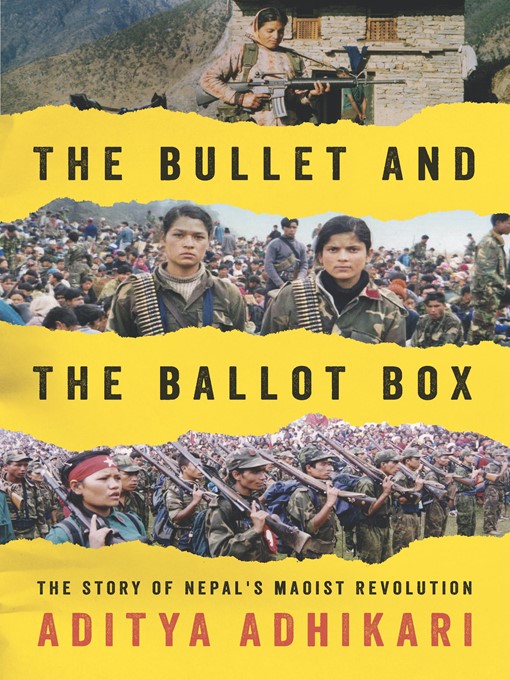The Bullet and the Ballot Box offers a rich and sweeping account of a decade of revolutionary upheaval. When Nepal’s Maoists launched their armed rebellion in the nineties, they had limited public support and many argued that their ideology was obsolete. Twelve years later they were in power, and their ambitious plan of social transformation dominated the national agenda. How did this become possible? Adhikari’s narrative draws on a broad range of sources – including novels, letters and diaries – to illuminate the history and human drama of the Maoist revolution.
An indispensible account of Nepal’s recent history, the book offers a fascinating case study of how communist ideology has been reinterpreted and translated into political action in the twenty-first century.

